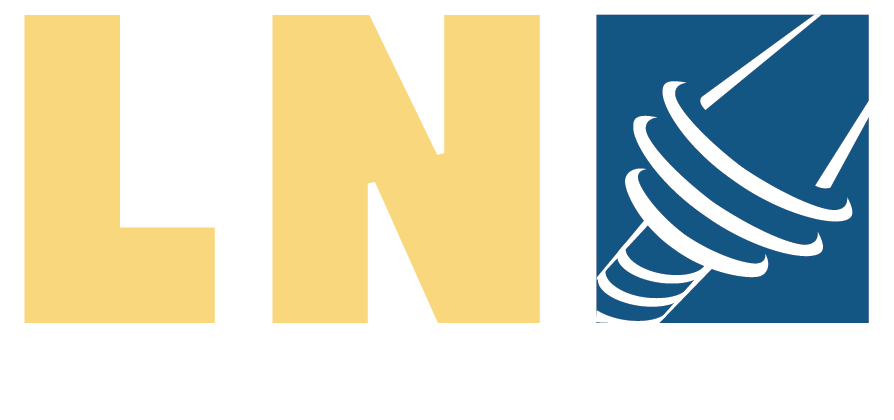Collets
Clearance


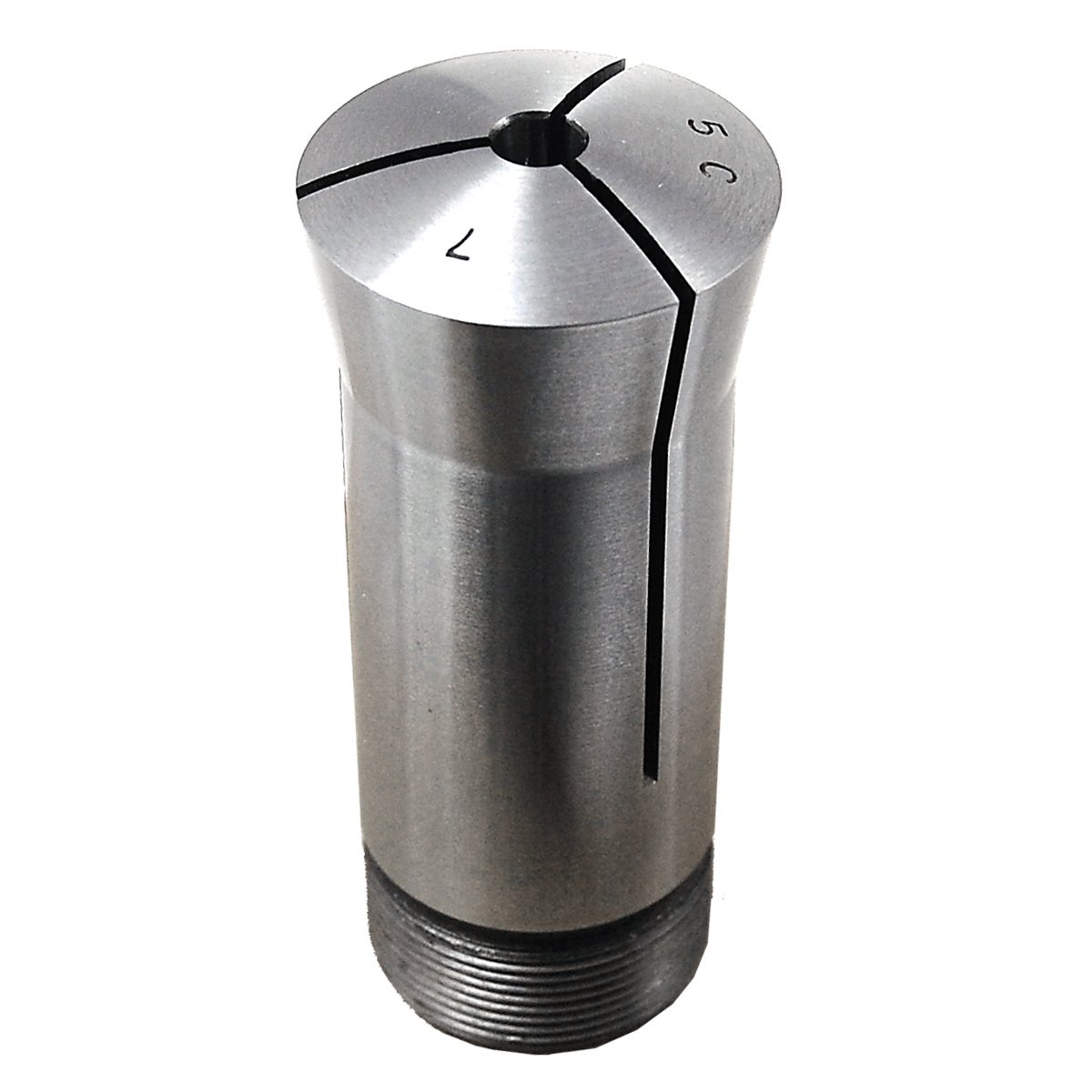
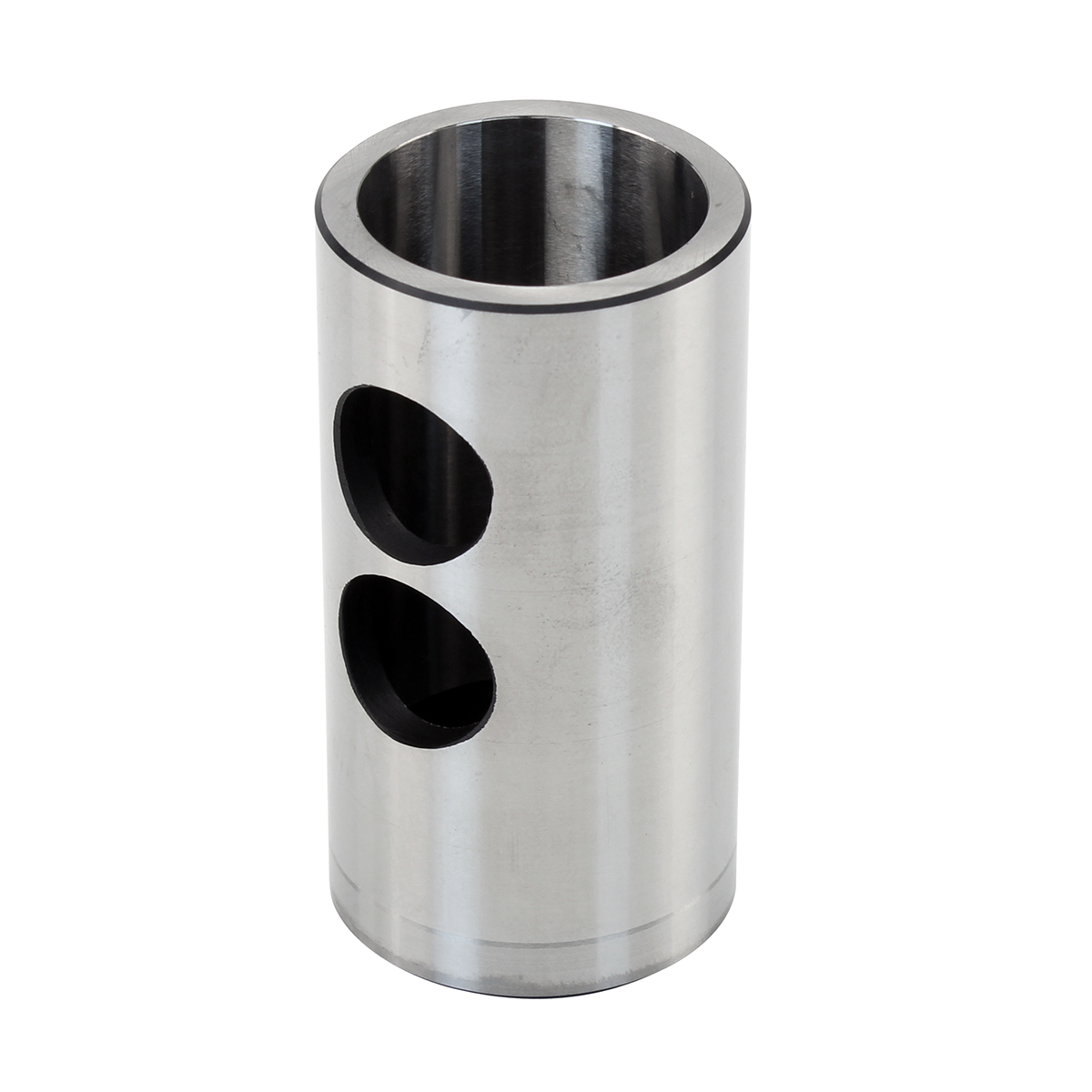

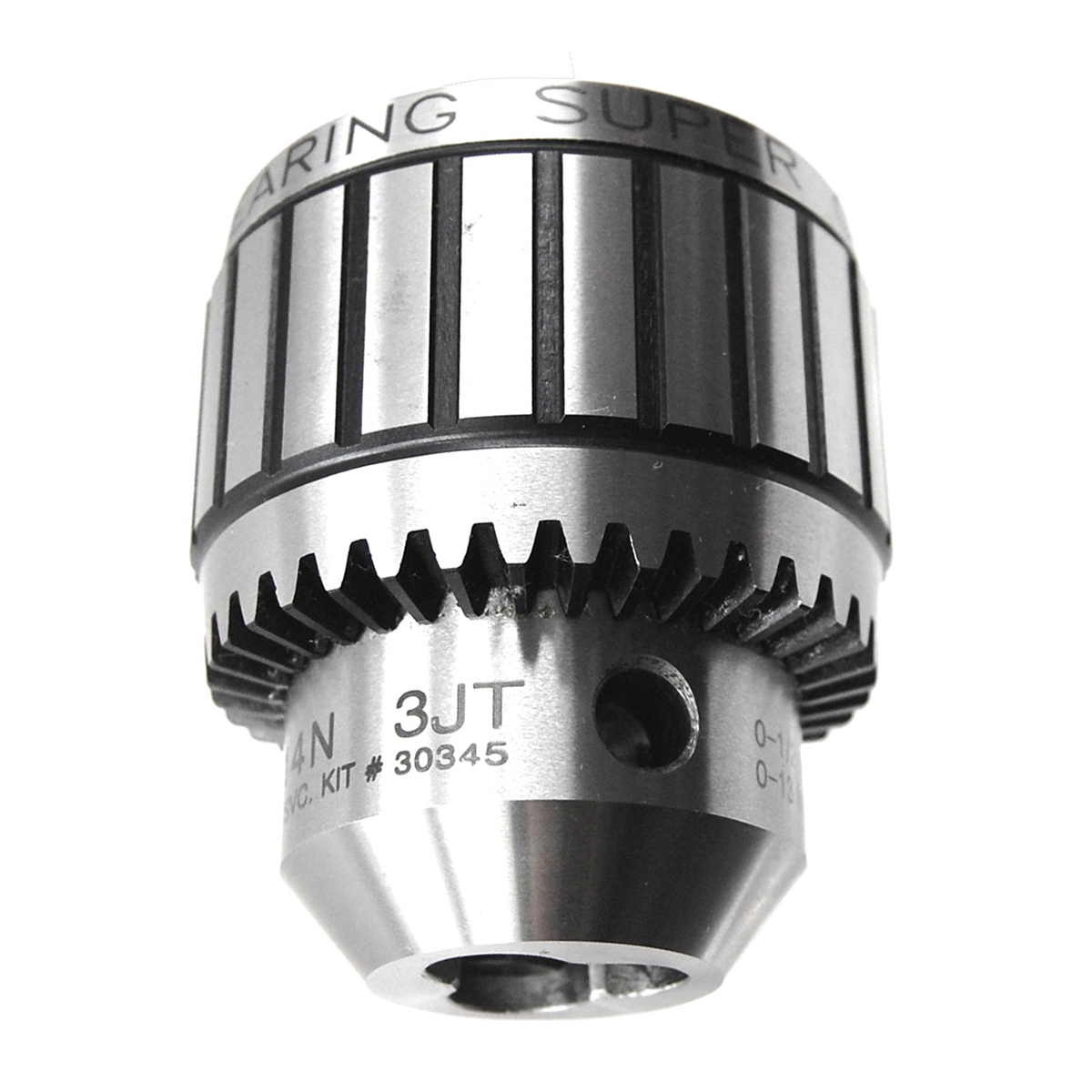

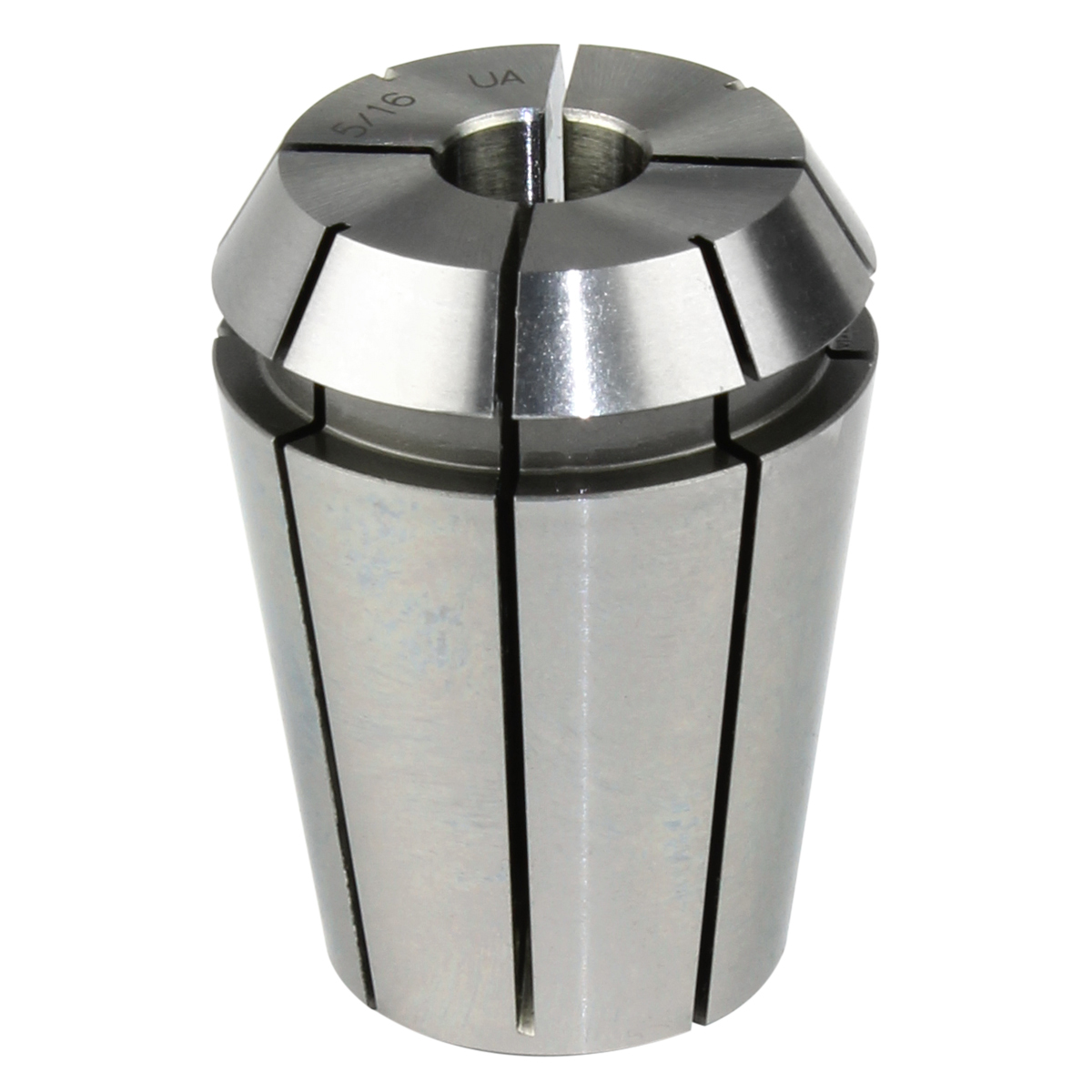
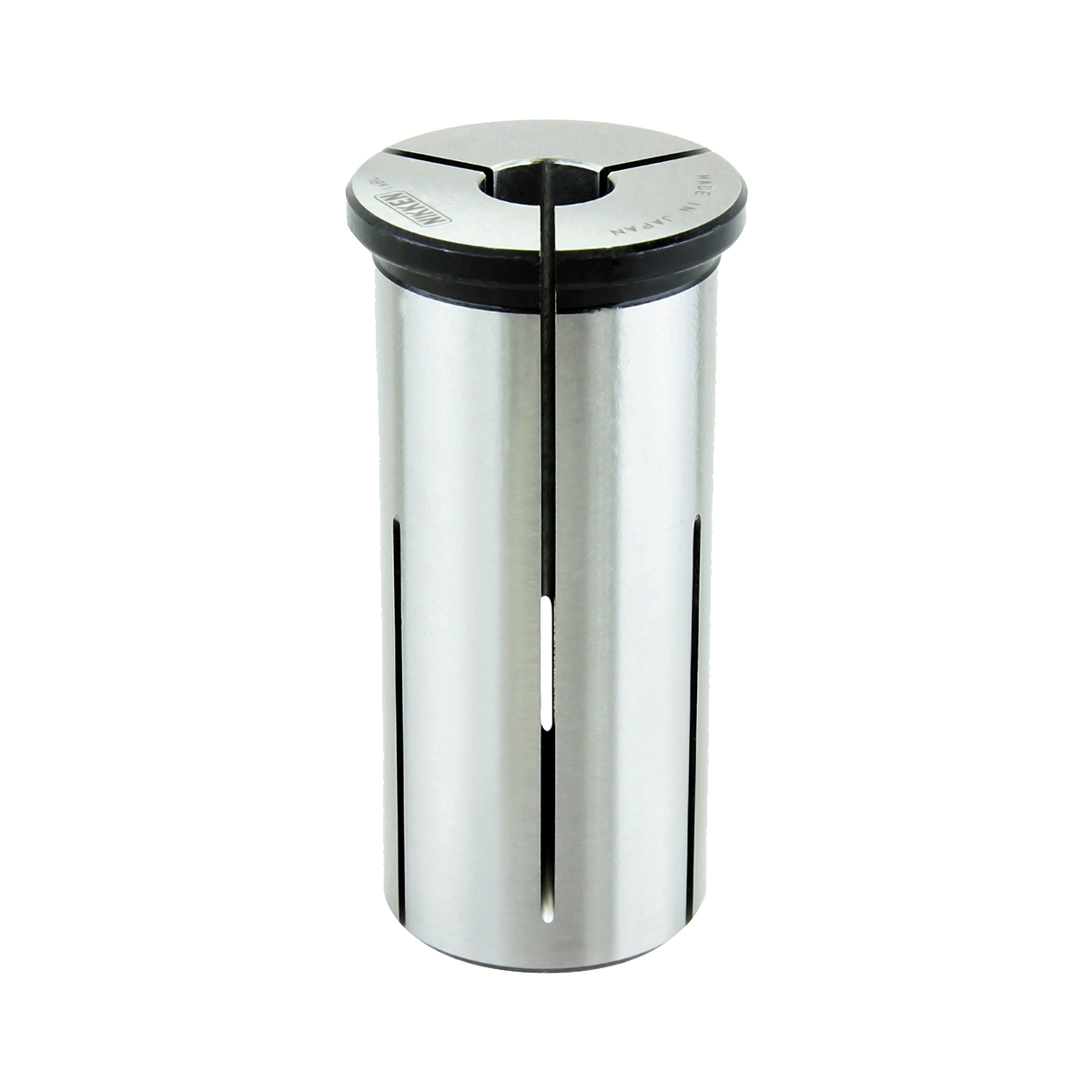

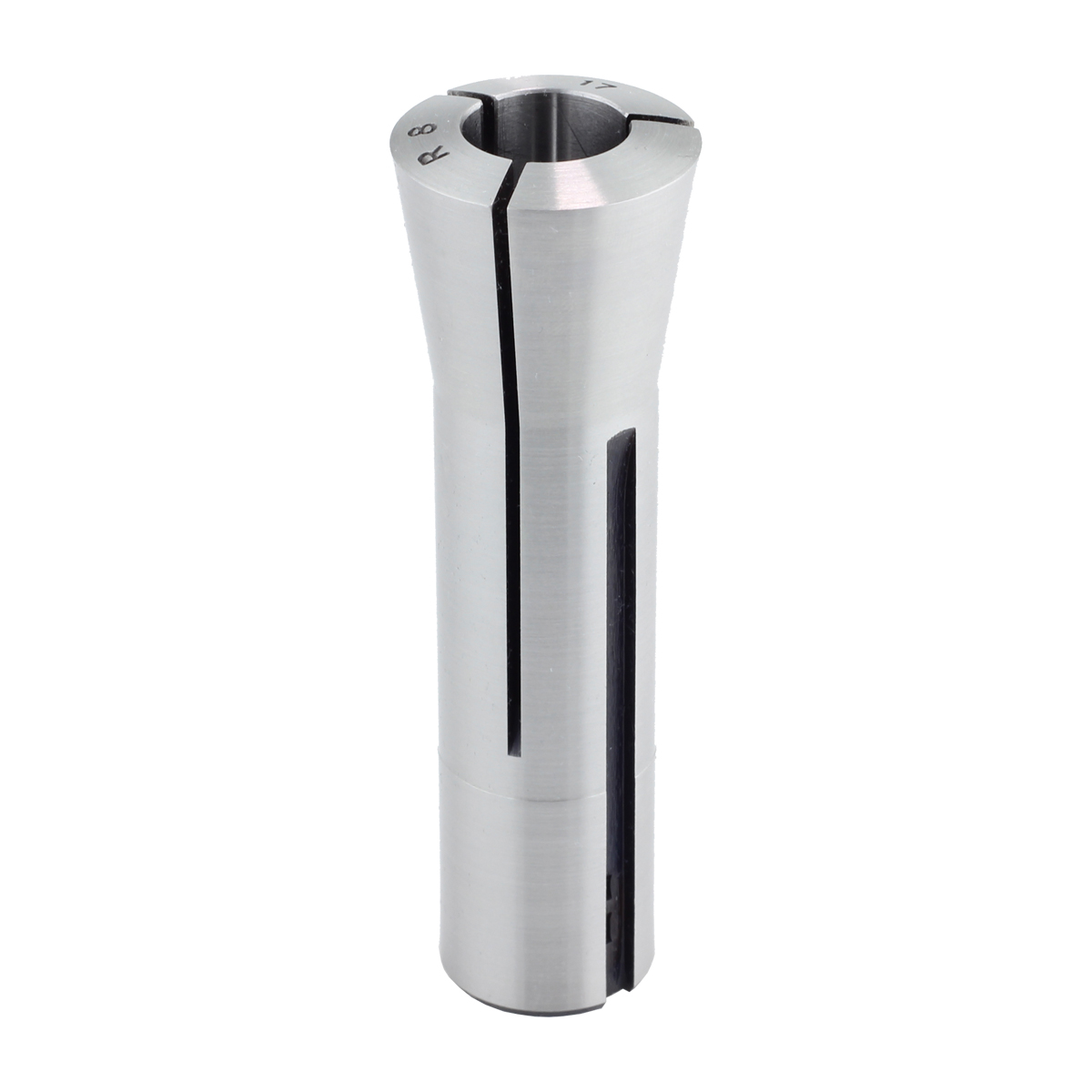
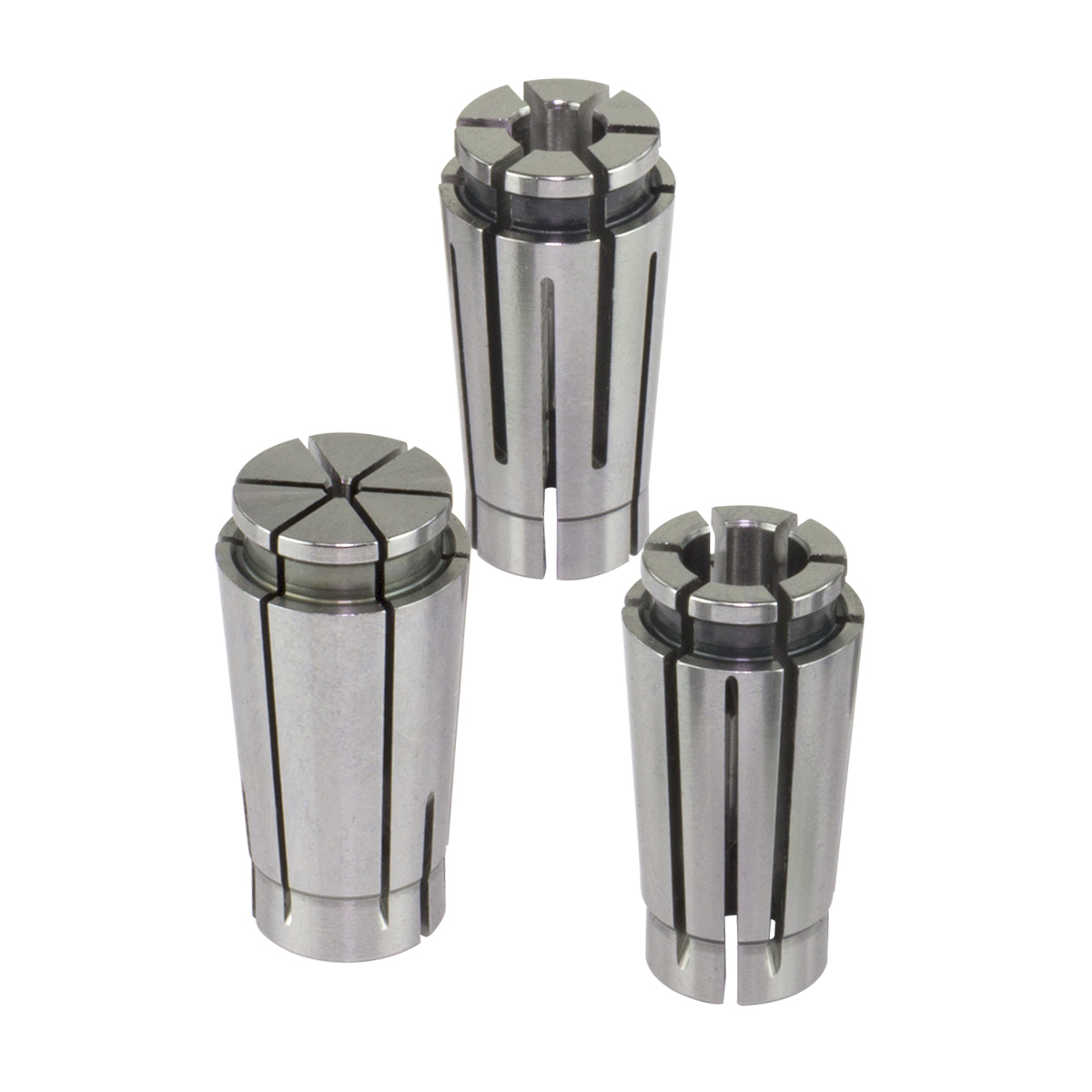
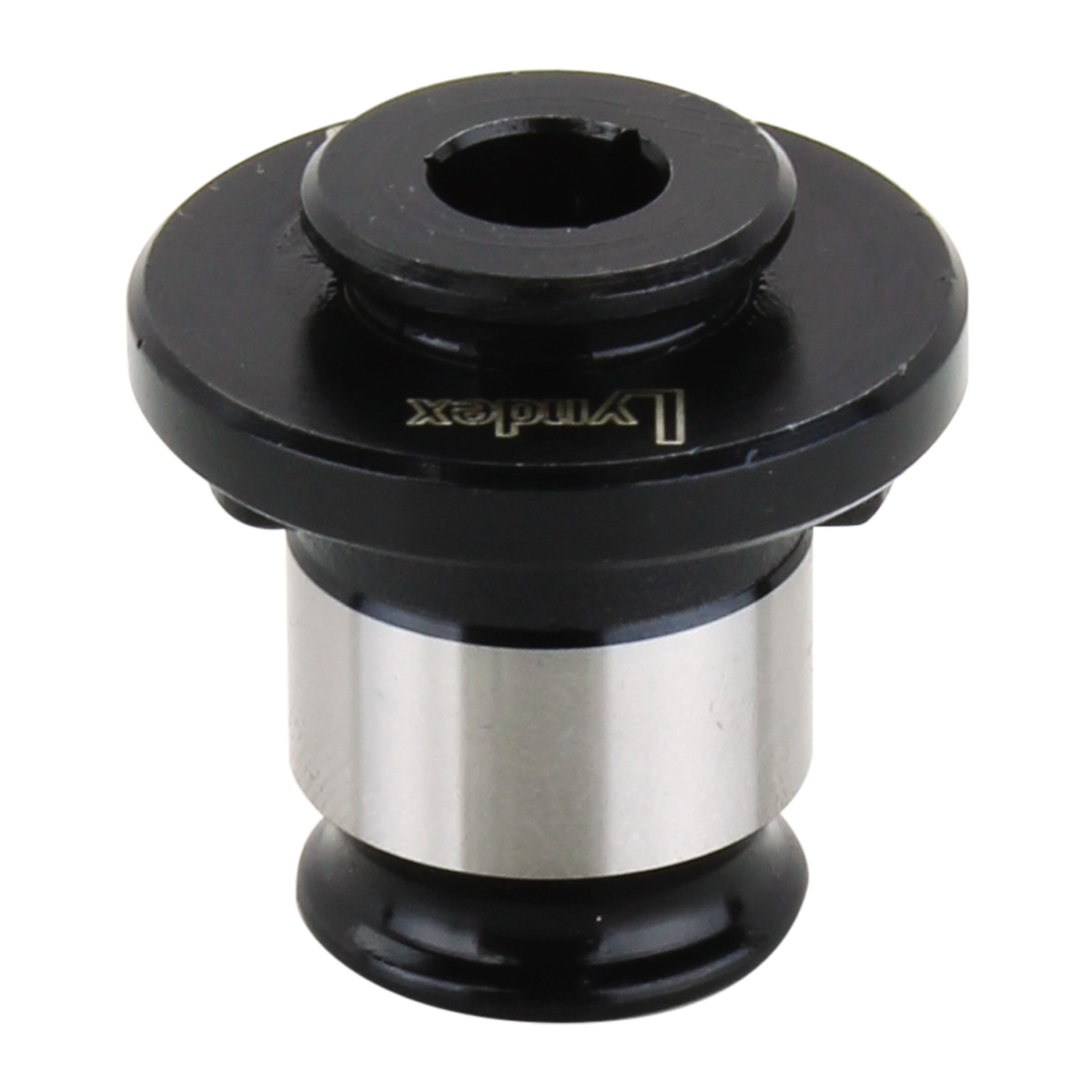

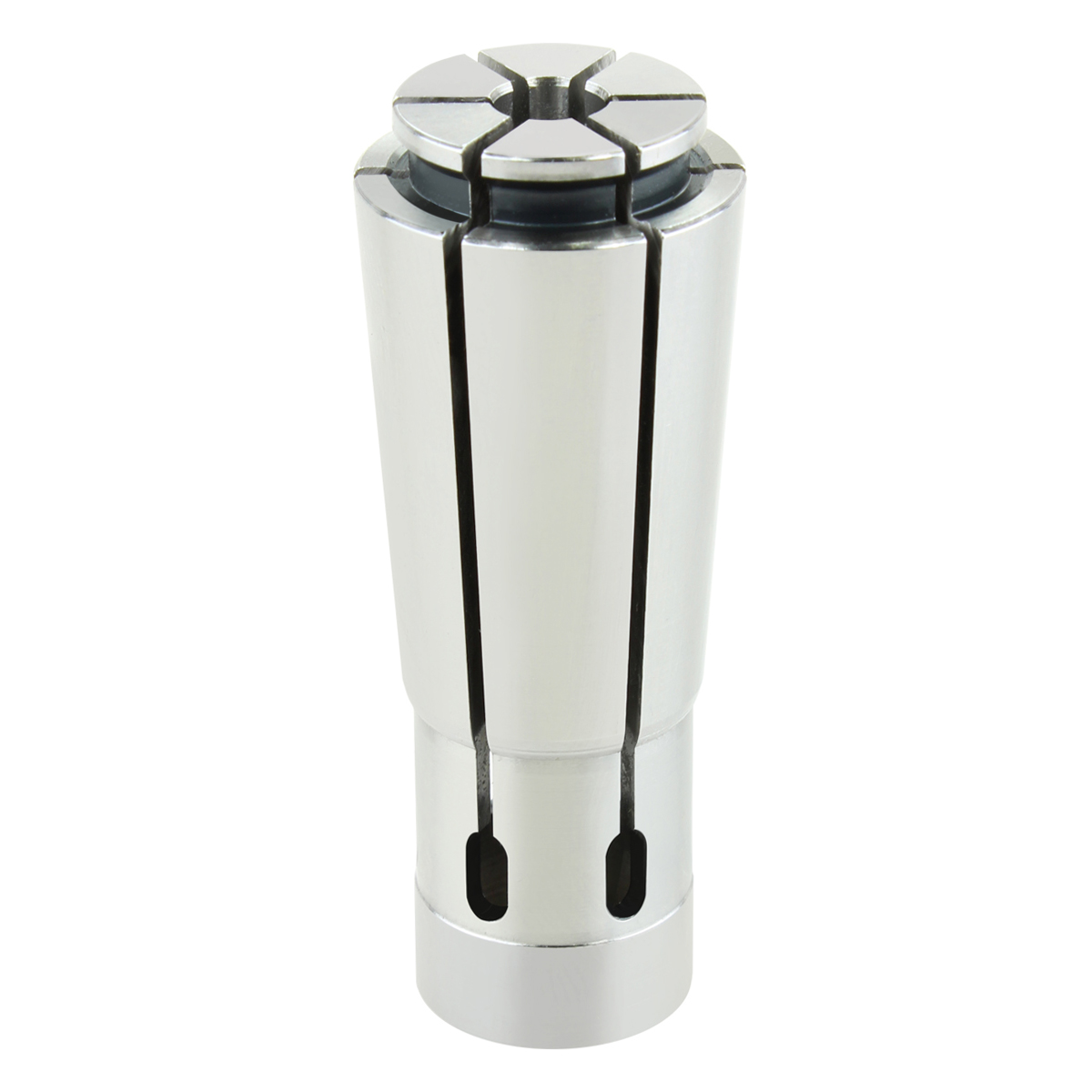
Collets for Toolholding and Workholding
A collet is a holding device, specifically a subtype of chuck, that forms a collar around the tool or workpiece and exerts a strong clamping force on the tool or workpiece when it is tightened, usually by means of a tapered outer collar. For example:
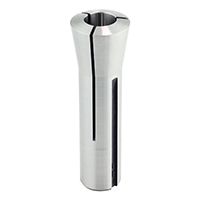
- Toolholding collets such as a R8 is used on a conventional mill. R8 collets are made with a hardened threaded bushing in the back for long life. R8 collets do not collapse so they are best used in applications where a specific tool size is consistently used. They are commonly used in milling machines for processes such as drilling, reaming, and milling with dedicated tool sizes, offering reliability in setups where tool changes are infrequent.
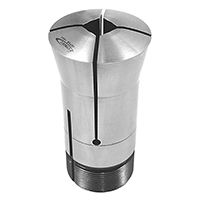
- Workholding collets can be 16C, 3J or 5C. Workholding collets are most commonly used in lathes for holding workpieces or bar stock during turning operations. They are used in applications in job shops to production facilities.
Toolholding Collets
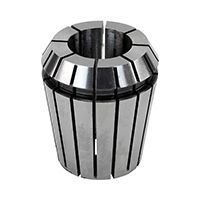
Toolholding collets can hold cutting tools such as drills, chamfer/counterbores, form tools, reamers, taps, or end mills. Over the years as CNC machines evolved, they needed more accurate collets. So, the R8, the ER, TG, and DA collets were developed. The ER collet is a very popular toolholding collet for CNC machines and have become an ISO standard (ISO 15488). Reason being is that the design allows for collapsibility to fit a wide range of tools and applications.
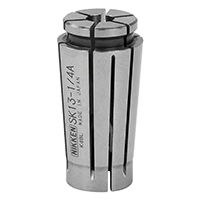
However, today CNC machine technology is much more advanced, so the demand now for collets has been elevated to achieve high accuracy, high gripping force, compact design, collapsible range, and in a wider series of sizes. There are collets that meet these requirements such as SK, MMC, KM, and VC collets as part of a toolholder assembly.
Manufacturers using toolholder collets may encounter several challenges if the correct collet is not selected, these include:
- Precision and Tolerance: Ensuring the collets maintain precise dimensions and tolerances is crucial to achieving accurate tool concentricity, as any variation can lead to reduced machining quality and cutting tool life.
- Cutting Tool Changes: Efficient tool changes are essential for minimizing downtime. Collet systems should allow for quick, accurate and secure tool changes while maintaining repeatability.
- Tool Size Compatibility: The right collet size must be selected for the tool or the collet needs to have the flexibility to adjust the collet for different tools as needed for the application.
- Runout and Balance: Collet runout and toolholder unbalance can affect tool accuracy and surface finish.
- Toolholding Force: Achieving the right amount of clamping force without damaging the tool is a balancing act. Too much force can lead to tool deformation, while too little can result in tool slippage.
- Compatibility: Ensuring compatibility between collets, toolholders, and machines is crucial for the accuracy of the machined part and the efficiency and productivity of the machine and manufacturing process – this directly effects the bottom line.
Workholding Collets
Manufacturers using workholding collets may encounter various challenges if the correct collet is not selected, these include:
- Workpiece Stability: Maintaining the workpiece securely within the collet is crucial to prevent vibration, deflection, or movement during machining.
- Part Size and Shape Variation: Adapting collets to accommodate a wide range of workpiece sizes and shapes can be challenging – different collets or adjustments may be needed for different parts.
- Runout and Concentricity: Ensuring the workpiece is held with minimal runout and high concentricity is essential for precise machining and maintaining tight tolerances.
- Quick Changeovers: Efficient workpiece changeovers are essential to minimize downtime. Collet systems should allow for quick and repeatable part setup.
- Accuracy and Repeatability: Maintaining high accuracy and repeatability in workholding collets is essential for consistent part quality.
- Compatibility: Ensuring compatibility between collets, workholding systems, and machining equipment is vital. Adapting to different machine types or workpiece configurations may require additional components.
Sourcing toolholding collets or workholding collets from a trusted source can help manufacturers address these challenges in order to meet the desired machining specs. Additionally, when purchasing a collet, it is essential to consider the entire toolholder system for compatibility and optimal performance.
Videos: Why Manufacturers Choose Lyndex-Nikken Toolholders & Collets
Hear and see for yourself how Lyndex-Nikken quality toolholders, rotary tables, presetters, machine tool accessories, and automation provides optimal machining solutions for:
